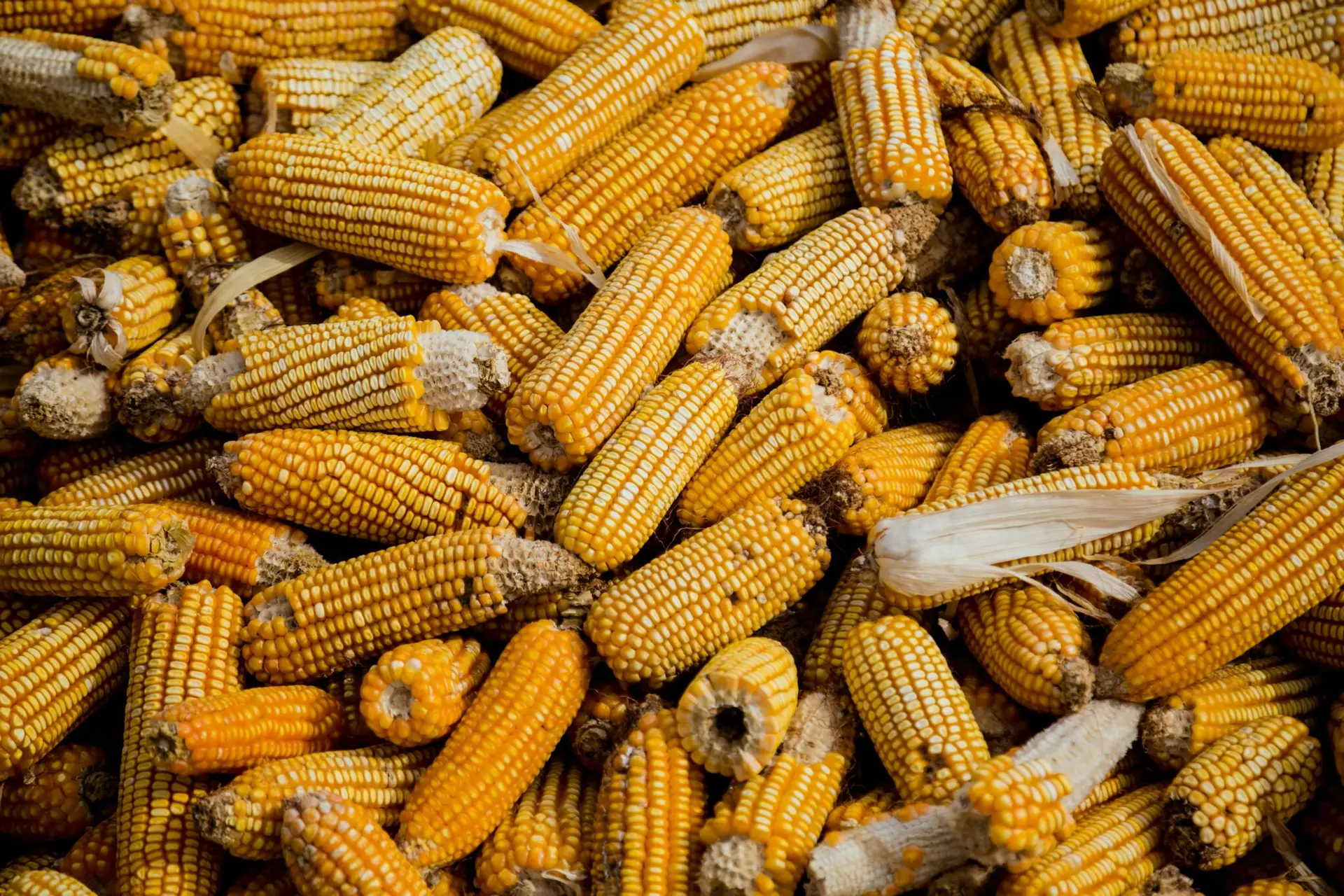
Corn
How can corn kernels be limited, while popcorn and corn flour are allowed? The answer isn’t entirely straightforward, as it involves food chemistry. In this article, we’ll explain how corn and FODMAP work, so you can better understand why some corn products are okay while others are off-limits.
The culprit in corn is called sorbitol
The primary FODMAP ingredient in corn is sorbitol, a sugar alcohol that gives corn its sweet taste. The corn grown for consumption is commonly referred to as ‘sweet corn.’ Corn kernels (canned or frozen) and corn on the cob are therefore limited during the elimination phase. The type of corn grown to be milled into flour contains less sorbitol and more starch. Since starch is not a FODMAP, corn flour is allowed during the elimination phase, both in products that contain corn flour and in its pure form if used in baking or cooking. Just be cautious that other flours or high-FODMAP ingredients are not included in the product.
Common corn products:
- Corn kernels/corn on the cob – limited to a maximum of 50g during the elimination phase.
- Polenta – cornmeal that is allowed during the elimination phase.
- Corn flour – permitted and used in many products such as gluten-free pasta, muesli, bread, and flour mixes.
- Corn pasta – allowed. Just make sure there are no other types of flour in the pasta.
- Corn tortillas – allowed as long as they contain only corn flour. Most store-bought varieties also contain wheat flour. You can make your own corn tortillas.
- Popcorn – analyses of popcorn show that it’s safe to eat, even during the elimination phase.
- Cornflakes – analyses of cornflakes show that most varieties contain a low level of FODMAPs. Sometimes barley malt is listed as an ingredient, but it is not a FODMAP, so most cornflake varieties are fine.
- Corn oil – only the fat component of the corn kernel, so it is allowed.
The starch in corn can cause problems
Corn syryp vs HFCS
Corn syrup consists of about 95% glucose and is therefore low-FODMAP. However, it’s important to remember that sugar in large amounts can upset the stomach, especially for those with IBS. Therefore, intake should be limited. Sometimes corn syrup is the same as glucose syrup, particularly in the U.S., where glucose syrup is almost always made from corn. In other countries, it can also be made from wheat, rice, potatoes, or tapioca.
HFCS stands for high fructose corn syrup, commonly referred to as glucose-fructose syrup. You’ll find it in a variety of products, from ice cream and candy to ready-made meals and bread. HFCS is something entirely different from regular corn syrup, as it is enzymatically treated to increase the fructose content to at least 42%, and often even higher. This means that HFCS is high-FODMAP and not suitable for those with IBS, unless you have successfully reintroduced fructose. However, HFCS is a debated sweetener that is not good for the body in large amounts, so try to avoid it regardless.
Sofia Antonsson
Reg. Dietitian, Belly Balance
Read more about

IBS - What is it?
Bloated , constipated or having a gassy stomach? IBS or Irritable Bowel Syndrome is a functional gastrointestinal disorder, meaning no physical issues can be found in the stomach or intestines; they just don’t function quite as they should.

How the app works
Download the app and become part of our community. We assist you in achieving a calm and happy stomach through treatment and tools available directly in the app.

About FODMAP
By learning which foods upset your stomach, you can make conscious choices and get quick symptom relief. With the low FODMAP diet, you receive structured assistance in understanding which foods your body tolerates better than others. No more guessing and pondering – you get the answer straight away!

